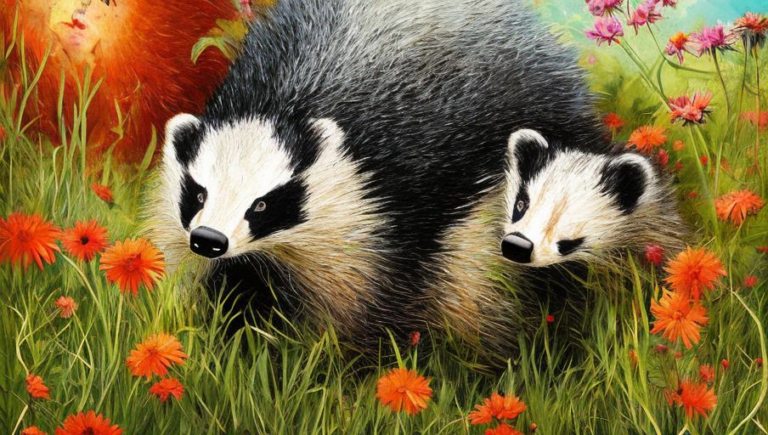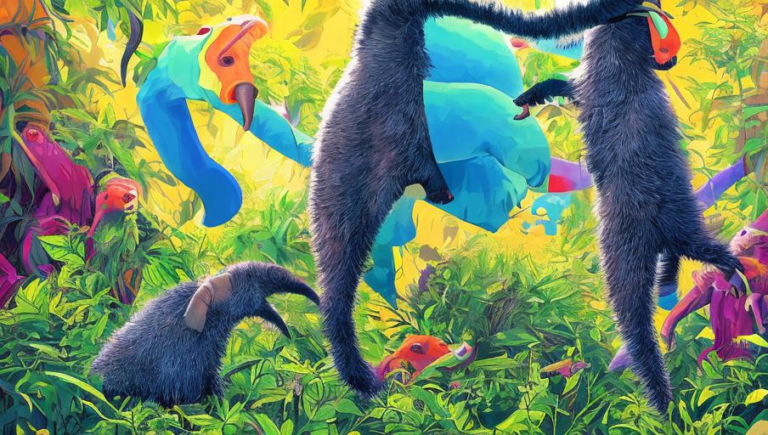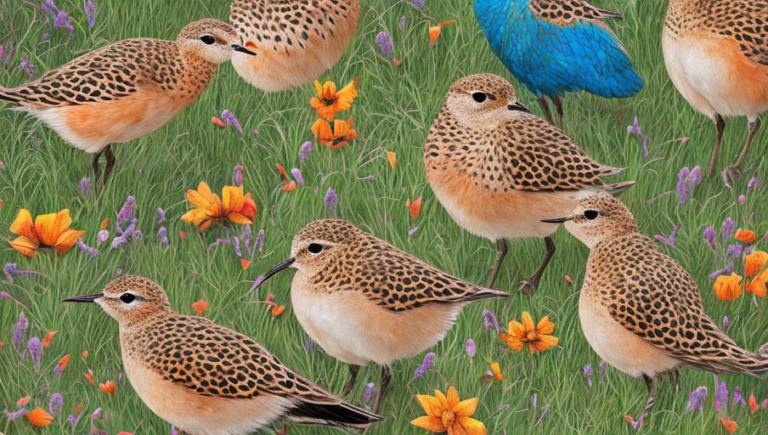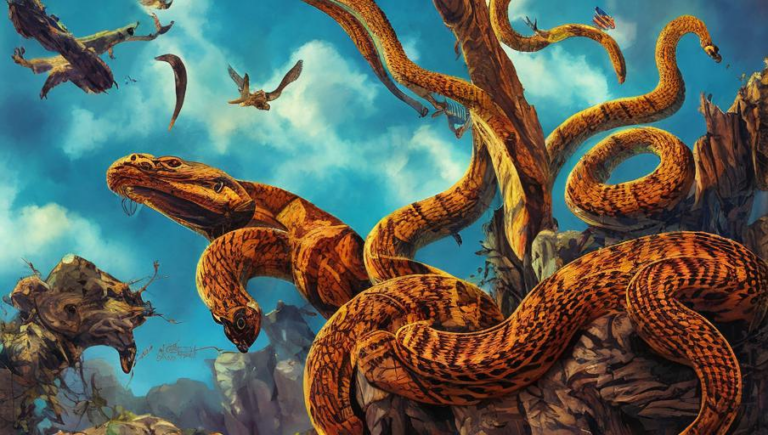A Closer Look at the Diet of Anteaters
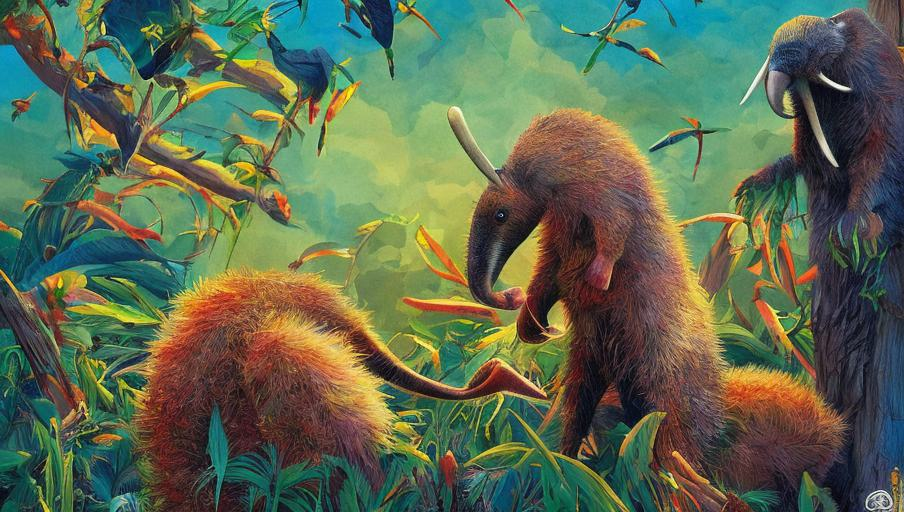
The Anteater Diet
Anteaters are fascinating animals that have a unique way of devouring their food. These mammals are found in South and Central America and range in size from the pygmy anteater, which weighs only a few ounces, to the giant anteater, which can weigh up to 90 pounds. Despite their name, anteaters are not related to bears and are actually part of the Edentata order which includes armadillos and sloths.
These animals have evolved to have a specialized diet that consists of ants, termites, and other small insects. They have a long, sticky tongue that is able to reach deep into the nests of their prey and capture them. They are also able to detect the presence of these insects by using their keen sense of smell.
Adaptations for Eating Insects
In order to accommodate their diet, anteaters have evolved some unique adaptations. Their tongues are covered with small, backward-facing spines that help to catch and hold their prey. They also have powerful jaws and long, sharp claws which they use to tear open logs and other objects that contain their food. Anteaters also have a long snout that they use to sniff out and locate their prey.
Other Diets
Although ants and termites form the majority of the anteater diet, these animals are also known to eat other food sources. They have been observed to eat fruit, small vertebrates such as lizards and frogs, and even carrion. Additionally, some species of anteaters have been known to eat honey, honeydew, and other sweet substances.
The Role of Anteaters in their Ecosystems
Anteaters play an important role in their ecosystems by helping to control the population of ants and other insects. This helps to prevent damage to trees and other vegetation and helps to keep the balance of the food chain in check. Anteaters also help to spread the seeds of plants, which helps to promote biodiversity in their habitats.
Conclusion
The diet of anteaters is quite specialized and fascinating. These animals have evolved to have powerful jaws and long, sticky tongues that help them to locate and consume their prey. They also play an important role in their ecosystems by controlling the population of insects and by helping to spread the seeds of various plants.
